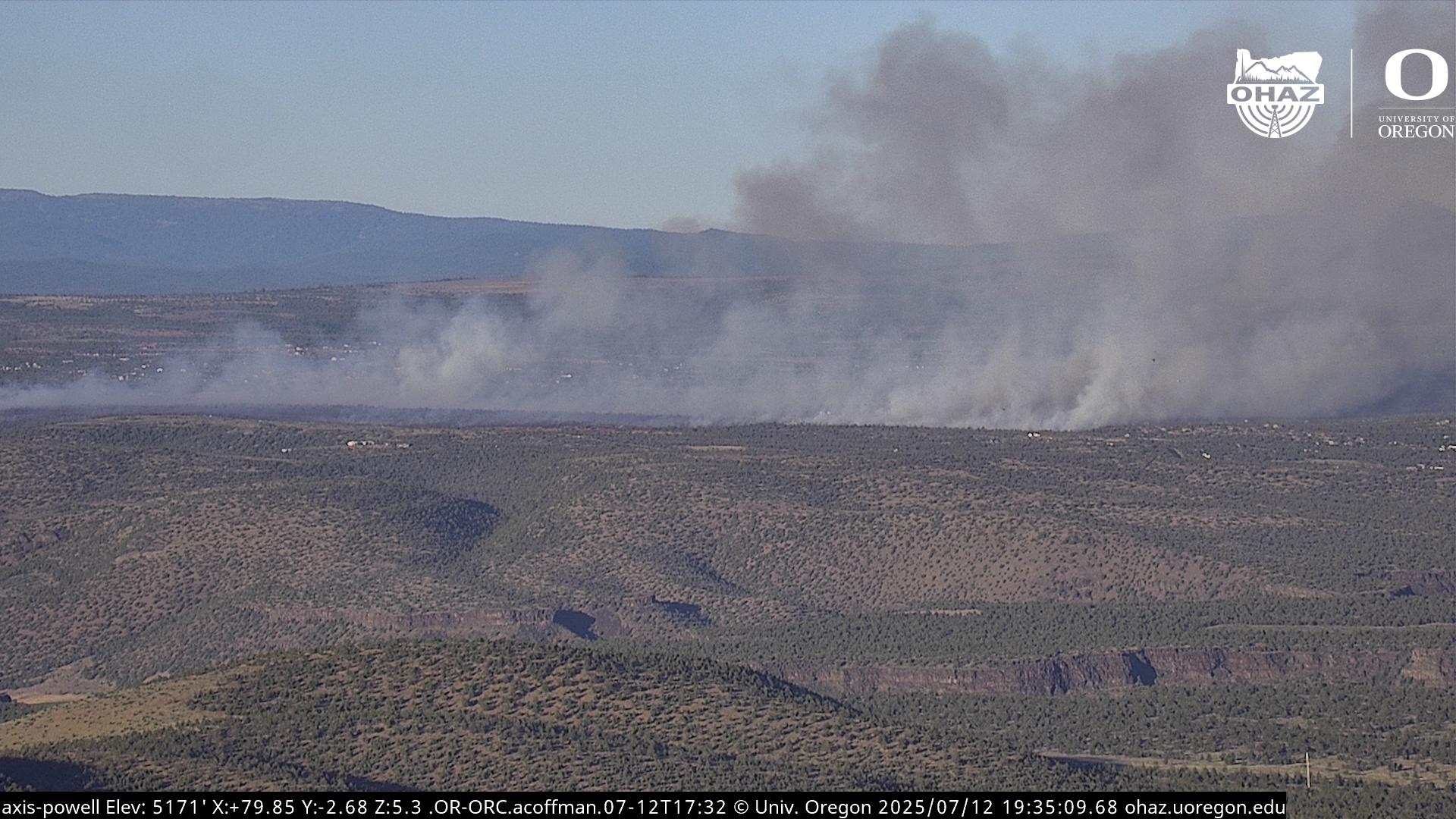Restrictions coming to wilderness trailheads
Published 12:00 am Thursday, November 15, 2018

- Hikers take in the view near Todd Lake in 2015. Joe Kline/Bulletin file photo
New rules and restrictions are coming to some of the most sensitive areas of the Deschutes and Willamette national forests, though the changes are less sweeping than those in an earlier proposal.
On Thursday, the U.S. Forest Service announced a draft of its decision for the Central Cascades Wilderness Strategy Project, a sweeping two-year effort to evaluate portions of five wilderness areas spread across the two national forests. Forest managers are concerned the areas are being loved to death.
Trending
“What we’ve clearly heard from almost everyone is ‘you guys have got to do something,’” said John Allen, Deschutes National Forest supervisor.
Among the proposed changes, the Forest Service is proposing a permit-based quota system at 30 of the 80 trailheads across the Mount Jefferson, Mount Washington and Three Sisters wilderness areas, which will be in operation from the Friday before Memorial Day through Sept. 30 every year, beginning in 2020.
The list of 30 trailheads includes longtime Central Oregon favorites along the Cascade Lakes Highway, like Devils Lake and Green Lake, as well as trails like Tam McArthur Rim that have seen a huge spike in usage in recent years.
Additionally, all trailheads in those three wilderness areas will be subject to quotas for overnight use, though a portion of the required permits would be set aside for people hoping to buy a permit within a day of their trip.
Matt Peterson, project co-leader for the Willamette National Forest, said the goal was to reduce impacts on some of the forest’s busiest and most vulnerable trails, without robbing visitors of the ability to go out and explore the area spontaneously.
“We really tried to strike that balance,” Peterson said.
Trending
Central Oregon’s five wilderness areas — Mount Jefferson, Mount Washington, Three Sisters, Diamond Peak and Waldo Lake — span approximately 530,000 acres across the Deschutes and Willamette national forests.
Wilderness areas are sections of federally managed land protected under the Wilderness Act of 1964. The act mandates that a wilderness area is “recognized as an area where the earth and its community of life are untrammeled by man, where man himself is a visitor who does not remain,” and are given special protections.
Beth Peer, project co-leader on the Deschutes National Forest side, said the Forest Service has a mandate to maintain the character of the wilderness, which isn’t possible when too many people use the area.
Peer said forest managers began looking at ways to reduce use in 2017, which coincided with a spike in use at some of Central Oregon’s most-loved trails. A separate environmental assessment done by the Forest Service notes that the number of visitors to the Three Sisters Wilderness Area increased 181 percent, and visitation to the Mount Washington Wilderness Area increased by 119 percent between 2011 and 2016.
Use of individual trails has grown even more rapidly. Visits to Six Lakes trailhead rose by 291 percent between 2014 and 2016, and visits to Tam McArthur Rim trailhead rose by 538 percent. Peer said marketing campaigns, the use of social media to promote popular trails and Central Oregon’s rapid population growth helped drive the increase in use.
Having more people in the area also means more evidence they were there. Forest managers and visitors alike have noticed increases in trash, abandoned campfires and human waste in wilderness areas in recent years.
The draft decision notes the current management approach, in which visitors must use a free, self-issued permit at most trailheads, does a poor job limiting use.
The draft decision would restrict the number of permits available at popular trailheads during the busiest months of the year. Peer said the number of permits at restricted trailheads would vary depending on the specific needs of the site, ranging from 12 day-use permits at Scott and Todd Lake trailheads, to 100 permits available at Devils Lake.
Overnight use will also be governed by limited-entry permits at each trailhead in Three Sisters, Mount Washington and Mount Jefferson wilderness areas, though Peer said permits will be allocated by group, and quotas will differ. Peer said the Forest Service will determine permit fees through a separate process, which will be open to public comment in early 2019.
While the draft decision would make it harder for visitors to access popular areas of the wilderness, it is a significant revision from the Forest Service’s proposed action earlier this year. The proposed action put forth in April would have set quotas for day use at 38 trailheads, and all trailheads within each of the five wilderness areas for overnight use, with no mandate for same-day or next day permits.
Peterson said the Forest Service opted not to include trails in the Diamond Peak and Waldo Lake wilderness areas in the quota system because, while the areas have seen dramatic spikes in use recently, they have not yet risen to the point where forest managers are worried about overuse.
Peterson added that residents were concerned about losing the ability to take spontaneous trips to the wilderness. Consequently, the agency decided to keep a portion of permits, which will be determined alongside the fee structure, for purchase within 24 hours of a trip.
“Not everyone wants to plan out their trips (in advance),” Peterson said.
Peer said people who wish to appeal or formally object to the decision have 45 days to do so. She added that the Forest Service will attempt to resolve those issues once that period ends. She said she was optimistic that the agency would reach a final decision by the end of February, which would give people more than a year to adjust before the system is implemented.
“It’s going to take some time for folks to get used to this,” Peer said.
—Reporter: 541-617-7818, shamway@bendbulletin.com








